How to adjust the brewing technique of hand-brewed coffee the correct way to make coffee basic knowledge of coffee
There is a saying in the coffee industry that a good cup of coffee accounts for 40% of the coffee varieties, planting and processing techniques, 30% of the coffee baking quality, 20% of the brewing utensils and water quality, and the remaining 10% is the understanding and technical ability of brewing.
This sentence says that in the process of selecting, planting, processing, roasting and brewing a cup of coffee, the upstream will have a greater impact on the coffee flavor, while the downstream brewing will have relatively little impact on the coffee flavor.
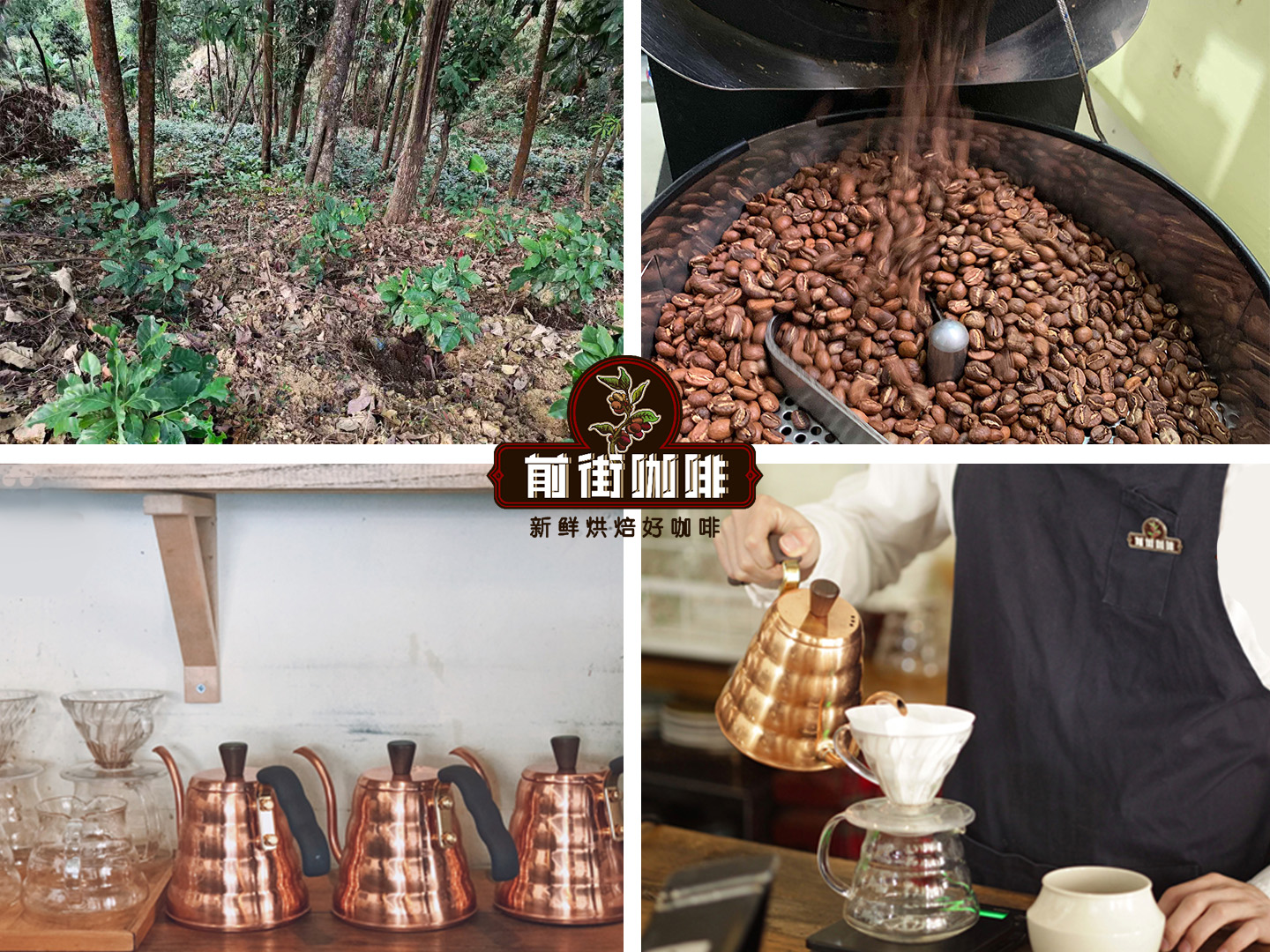
But this does not mean that only 10% of coffee understanding and technical skills are not important. From the point of view of seed selection and planting, it directly determines the lower limit of a cup of coffee, good coffee variety, planting environment and technology, the lower limit of coffee flavor will be very high. On the other hand, the roasted coffee determines the flavor trend of the coffee, such as light roasting with citrus flower flavor and medium roasting with high sweetness and balance. Deep baking with mellow, nutty and black chocolate notes. The trend of these flavors cannot be changed by cooking.
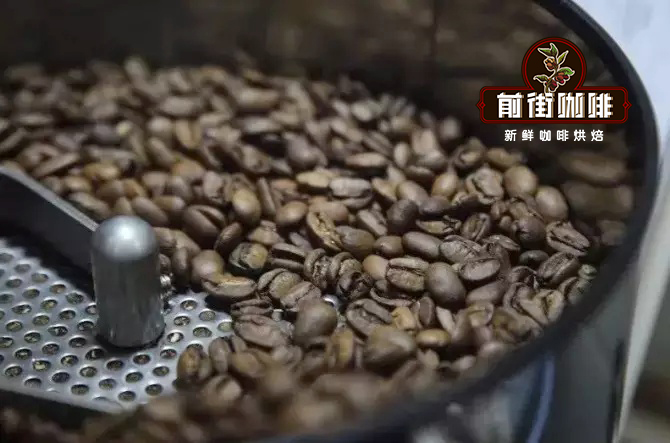
What else can cooking change? Brewing cannot reverse a cup of light roasted coffee with citrus blossom flavor into a mellow, nutty, dark chocolate flavor, or Katim's coffee out of the flavor of rosy summer coffee. However, it has enough brewing understanding and technical ability to make the coffee which accounts for 90% of the above factors show incisively and vividly and give full play to the best flavor. You can also adjust the cooking parameters and techniques to choose your own flavor in the range of delicious flavor.
For example, Asaria Ka, Kenya, on the front street, the standard brewing method in the front street is 15 grams of coffee powder, the powder ratio is 1:15, the grindness 20 sieve pass rate is 80%, the water temperature is 90 ℃, and three-stage water injection (30g/95g/100g), showing the most obvious tonality is the bright acidity of plum, lemon, virgin fruit and so on.
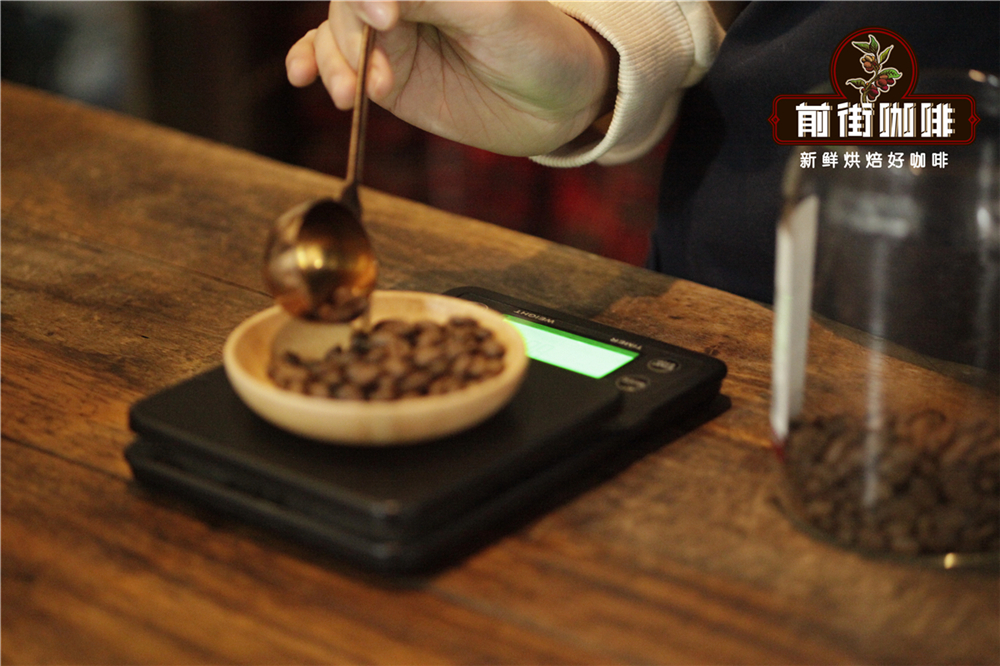
While some guests hope that this bean can be sweeter, the barista in front street may raise the water temperature to 91 ℃ and change the water distribution of three-stage brewing to 30g/120g/75g. Raising the water temperature can improve the extraction rate of coffee and increase the sweet and bitter substances in the middle part of the extraction, while increasing the amount of water injection in the middle can concentrate on extracting more sweet substances. This adjustment will highlight the sweetness of Azaria, the virgin fruit and honey of this coffee bean.
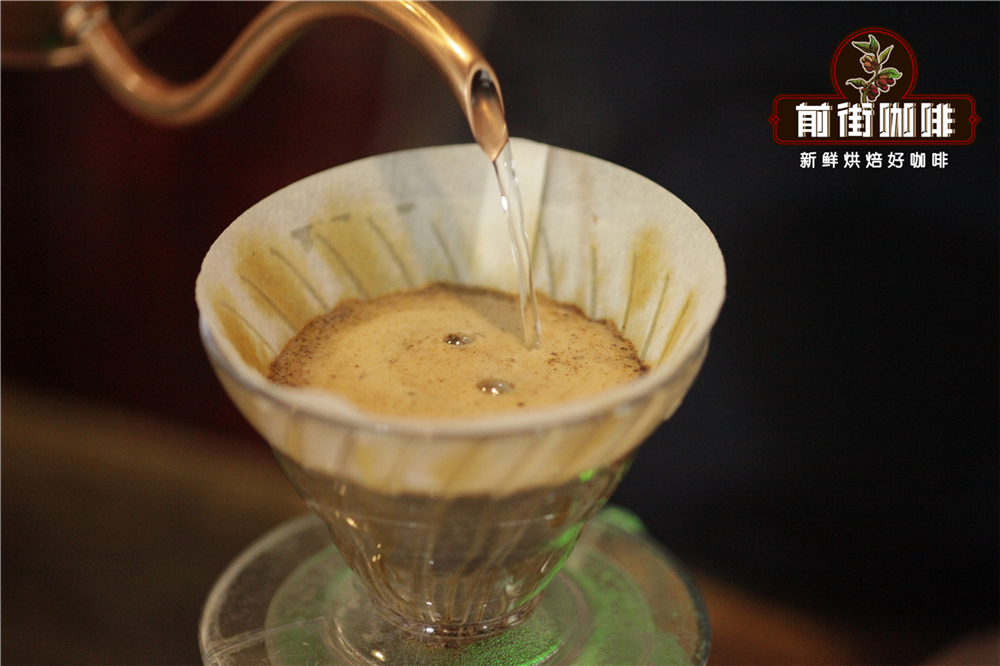
For example, the Essel COE#22, which was auctioned on Qianjie last year, is famous for its rich tropical fruit with outstanding sweetness. Qianjie standard brewing method is 15 grams of coffee powder, powder-water ratio of 1:15, grind degree 20 sieve pass rate of 80% (note: the sieve pass rate of 80% but different coffee beans use different grinding scale), water temperature 91 ℃, three-stage water injection (30g/95g/100g).
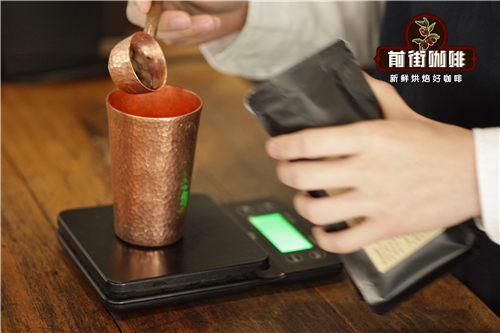
Some guests don't like the fermented smell very much and hope to be more refreshing. The baristas in the front street will adjust the distribution of brewing water, inject 40g of water when steaming and injecting water, and more than 2 times the amount of water can saturate the coffee powder, and too much water can cause the excess water to fall into the pot before the coffee is completely extracted, which also leads to the acidity of the whole cup of coffee, while the second stage is directly filled with 185g of water in a uniform circle with a small flow, which will make the whole cup of coffee lighter. The berries have outstanding tonality and lighten the flavor of fermentation.
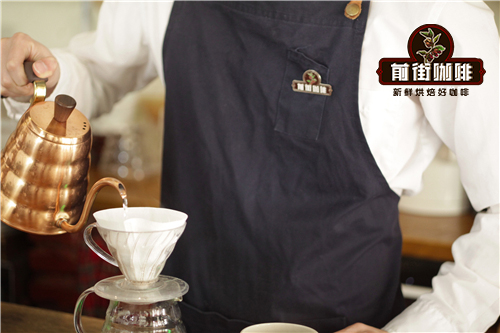
Qianjie shared its own coffee brewing adjustment plan, and did not want everyone to just remember the value, but more importantly, to understand the principle. Just as in a good cup of coffee, the understanding and technical ability of brewing only accounts for 10%. But only this 10% can be adjusted as brewing enthusiasts. Whether a cup of "90%" coffee can express 92% or 98% depends on the remaining 10% factor.
Important Notice :
前街咖啡 FrontStreet Coffee has moved to new addredd:
FrontStreet Coffee Address: 315,Donghua East Road,GuangZhou
Tel:020 38364473
- Prev

How to use milk foam to pull flowers? What details should you pay attention to to get rid of foam? Latte Milk foam course
Before, Qianjie shared an article about how to play foam, but there are still some friends who are puzzled. As the so-called details determine success or failure, this barista will take an inventory of the details that should be paid attention to in the process of passing away the foam. Detail 1: the milk used in the front street of frozen milk is pasteurized fresh milk, so it needs to be stored at a low temperature. If you are using room temperature storage
- Next
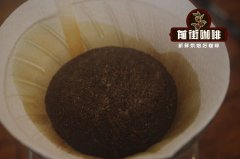
What is the reason why there is no hamburger for hand-made coffee? What if the steamed coffee powder does not expand?
When brewing coffee, when hot water comes into contact with dry coffee powder, it will bulge a big hamburger, which is very cured. But sometimes, after the start of water injection, the coffee does not form a hamburger. What is going on? Reason 1: the coffee beans are not fresh. During the first stage of steaming, the coffee expands because the beans contain carbon dioxide gas after baking.
Related
- Beginners will see the "Coffee pull flower" guide!
- What is the difference between ice blog purified milk and ordinary milk coffee?
- Why is the Philippines the largest producer of crops in Liberia?
- For coffee extraction, should the fine powder be retained?
- How does extracted espresso fill pressed powder? How much strength does it take to press the powder?
- How to make jasmine cold extract coffee? Is the jasmine + latte good?
- Will this little toy really make the coffee taste better? How does Lily Drip affect coffee extraction?
- Will the action of slapping the filter cup also affect coffee extraction?
- What's the difference between powder-to-water ratio and powder-to-liquid ratio?
- What is the Ethiopian local species? What does it have to do with Heirloom native species?

